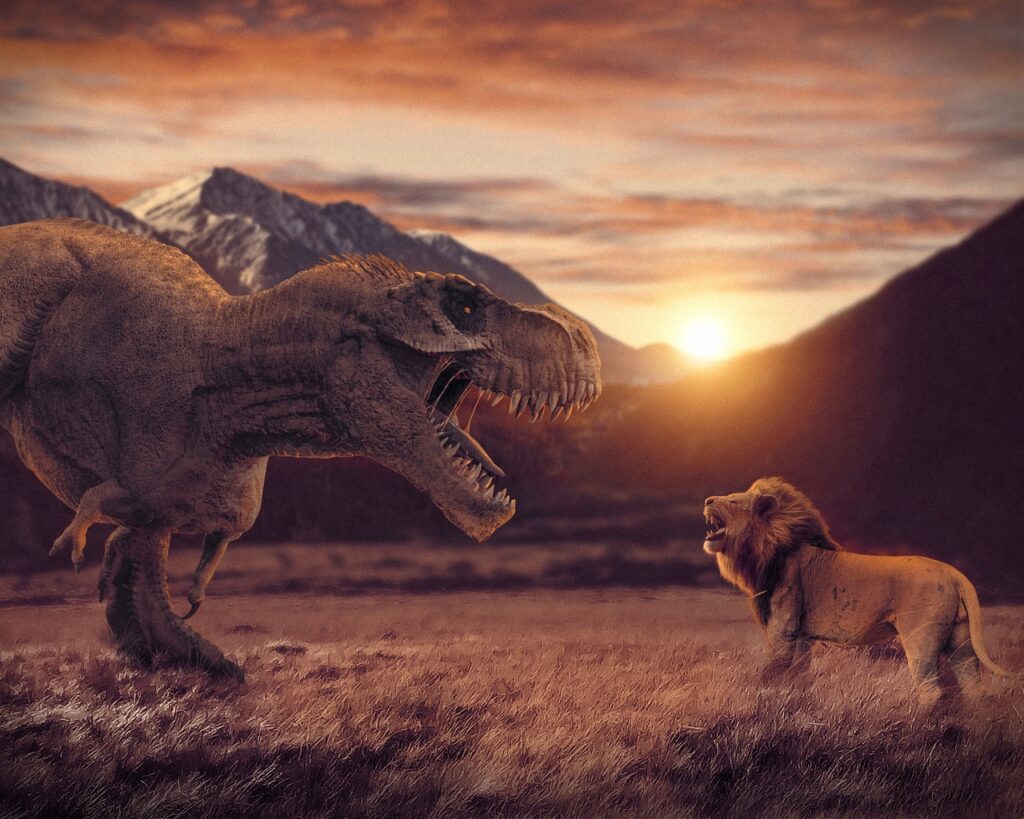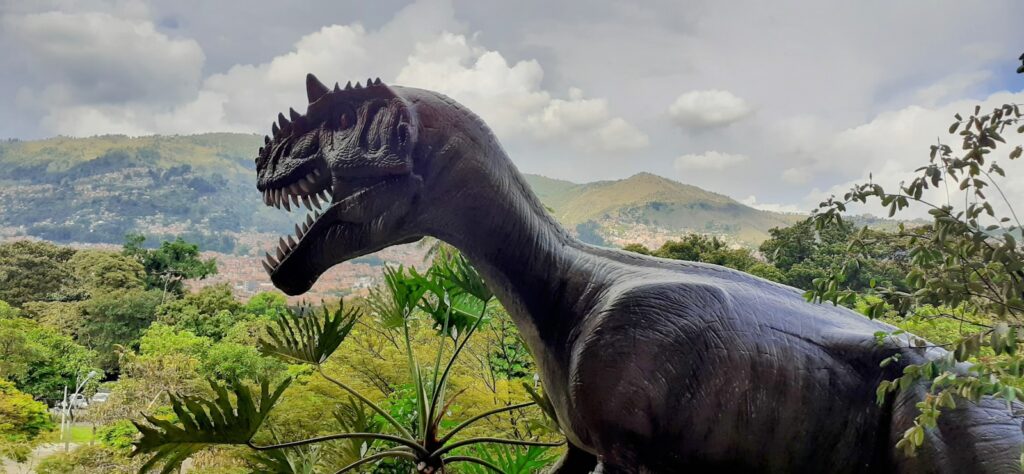Picture this: you’re watching a blockbuster movie where a massive Tyrannosaurus rex crashes through a jungle, its thunderous roar shaking the ground as it chases terrified humans. The scene is thrilling, dramatic, and captivating. But here’s the shocking truth – almost everything you just witnessed is scientifically wrong. From the deafening roar to the dense jungle setting, Hollywood has been feeding us dinosaur fiction disguised as fact for decades.
The consequences of these misrepresentations stretch far beyond entertainment. When millions of people form their understanding of prehistoric life through movies, TV shows, and video games, these fictional portrayals become deeply embedded in our collective consciousness. Children grow up believing that all dinosaurs were scaly, cold-blooded monsters, while adults dismiss paleontology as less credible because it conflicts with their pop culture expectations.
The Scaly Skin Myth That Refuses to Die
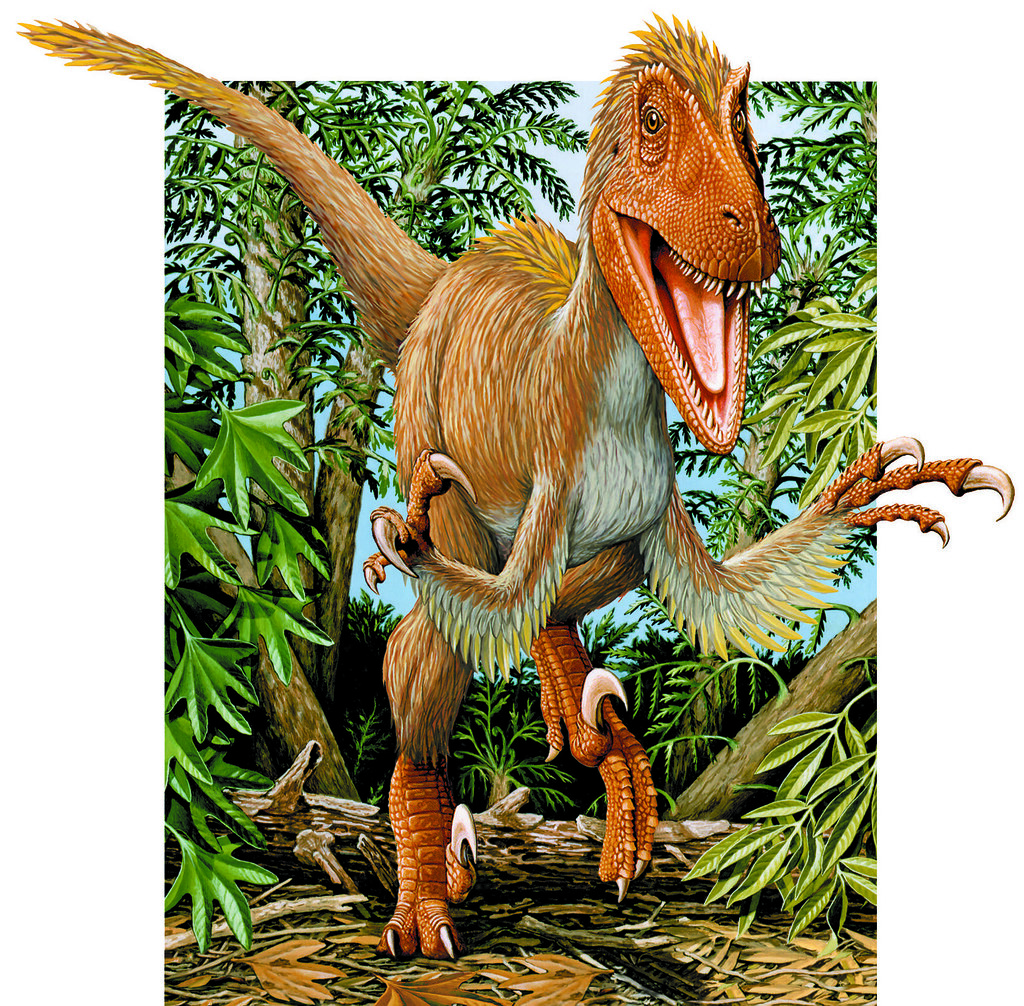
One of the most persistent misconceptions in pop culture is the portrayal of dinosaurs as giant, scaly reptiles. This image has dominated our screens since the early days of cinema, creating a mental picture that’s incredibly difficult to shake. The truth is far more colorful and fascinating than Hollywood would have us believe.
Recent fossil discoveries have revealed that many dinosaurs were covered in feathers, not scales. These weren’t just simple, hair-like structures either – some dinosaurs sported elaborate plumage that would make peacocks jealous. The famous Velociraptor, for instance, had wings with flight feathers, even though it couldn’t fly. Scientists have even discovered dinosaurs with iridescent feathers that shimmered like modern hummingbirds.
The resistance to accepting feathered dinosaurs in popular media stems from our deep-seated need to categorize these creatures as “other” – as monsters rather than the bird ancestors they were. When we see a fluffy, colorful dinosaur, it becomes harder to view them as terrifying beasts, which doesn’t sell movie tickets quite as effectively.
The Great Roaring Deception
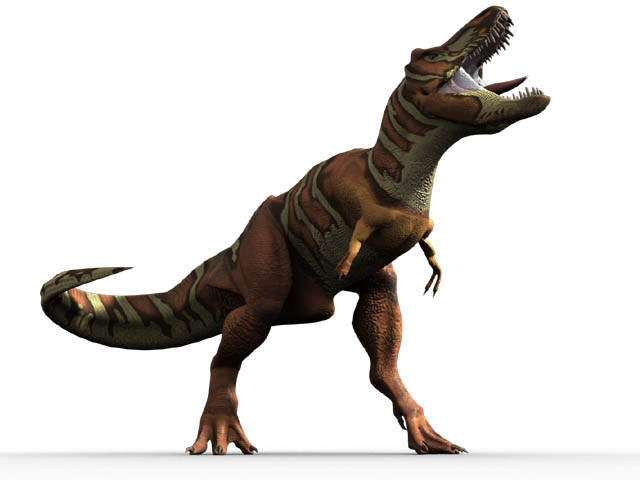
Every dinosaur movie seems to feature the same bone-chilling roar – a sound that’s become synonymous with these ancient creatures. But here’s what paleontologists know that Hollywood ignores: dinosaurs probably couldn’t roar at all. The iconic T-rex roar we know and love is a combination of elephant trumpets, tiger growls, and other modern animal sounds mixed together in a recording studio.
The anatomy of dinosaur skulls and throats suggests they were more likely to make sounds similar to their closest living relatives – birds and crocodiles. This means dinosaurs probably cooed, hissed, chirped, or made low-frequency rumbling sounds. Imagine a 40-foot-long predator communicating through gentle cooing sounds instead of earth-shaking roars.
Some scientists believe large dinosaurs might have produced infrasonic calls – sounds too low for human ears to detect, similar to elephants and whales. These deep vibrations could travel for miles, allowing massive dinosaurs to communicate across vast distances. It’s a far more sophisticated and interesting reality than the simple roar-and-chase scenarios we see on screen.
Speed Demons or Lumbering Giants?
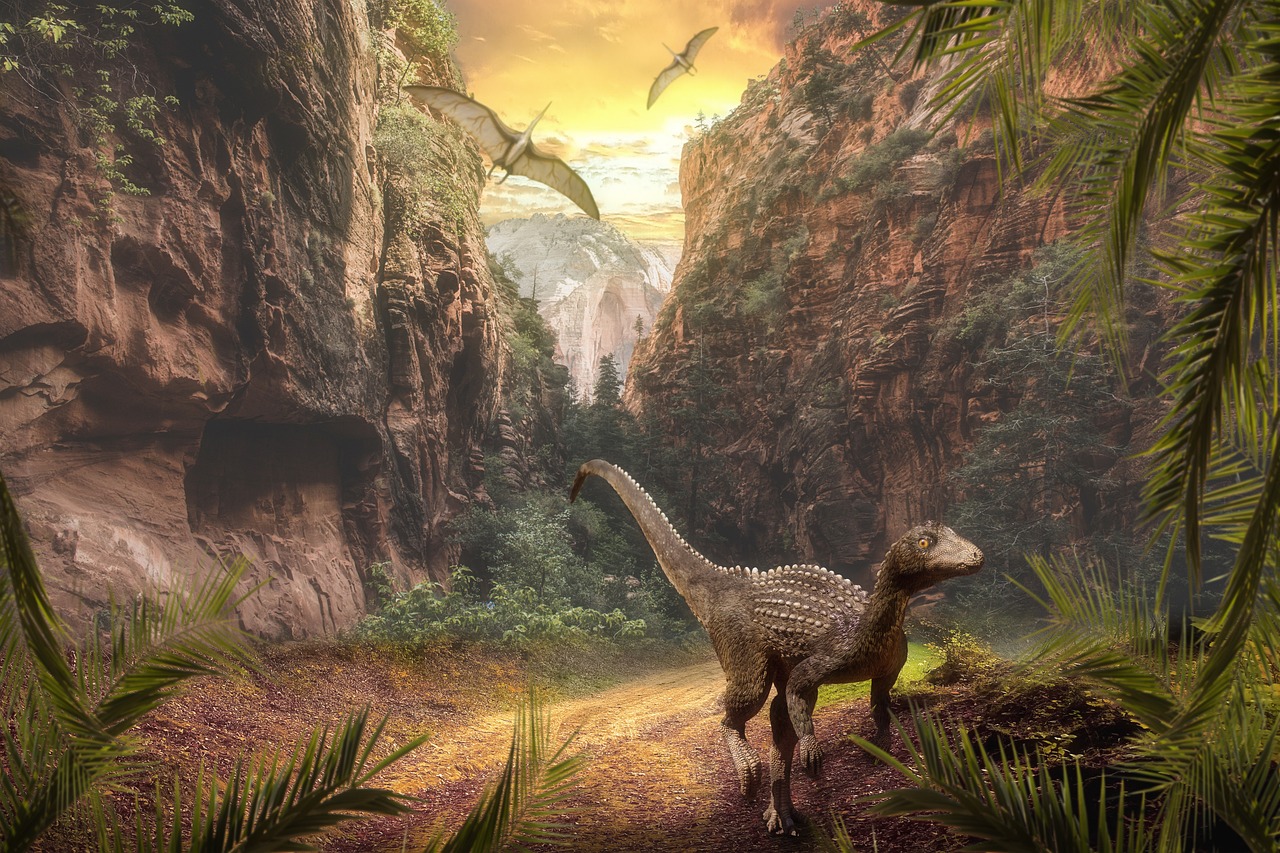
Pop culture loves to show dinosaurs as either lightning-fast predators or impossibly slow, lumbering giants. The reality is much more nuanced and depends heavily on the specific species and their evolutionary adaptations. Most movies get this spectacularly wrong, creating chase scenes that would be physically impossible in real life.
Take the famous Tyrannosaurus rex, often portrayed as a sprinting monster capable of outrunning a jeep. Biomechanical studies suggest that a full-grown T-rex could reach speeds of about 12-15 mph – fast for something that size, but hardly the highway-speed predator we see in movies. Their massive weight and bone structure would have made them more like powerful joggers than Olympic sprinters.
On the flip side, many smaller dinosaurs were incredibly agile and fast. The real Velociraptors were probably much quicker and more acrobatic than their movie counterparts, using their speed and intelligence to hunt in coordinated packs. The misrepresentation of dinosaur locomotion creates unrealistic expectations about how these animals lived and hunted.
The Tropical Jungle Fallacy
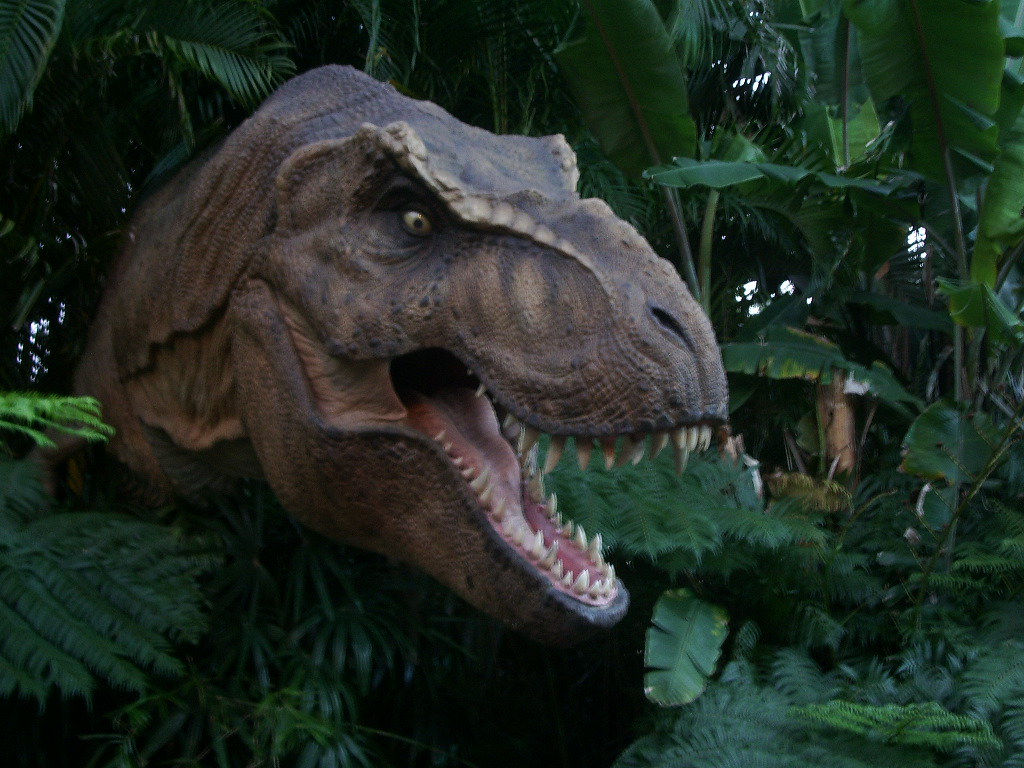
Almost every dinosaur movie takes place in a lush, tropical jungle that looks suspiciously like a modern rainforest. This setting has become so standard that many people assume all dinosaurs lived in hot, humid, densely forested environments. The truth is that dinosaurs inhabited an incredibly diverse range of climates and ecosystems over their 165-million-year reign.
During the Mesozoic Era, the Earth’s climate was generally warmer than today, but it wasn’t uniformly tropical. Many dinosaurs lived in temperate forests, open plains, coastal areas, and even polar regions. Some species dealt with seasonal variations, migration patterns, and changing weather conditions just like modern animals do.
The Arctic regions during the Cretaceous period were home to numerous dinosaur species that had to cope with months of darkness and cooler temperatures. These polar dinosaurs developed unique adaptations, including possibly seasonal changes in their metabolism and behavior. By showing dinosaurs only in jungle settings, pop culture erases the incredible diversity of prehistoric environments and the amazing adaptability of these creatures.
Size Matters: The Gigantism Obsession
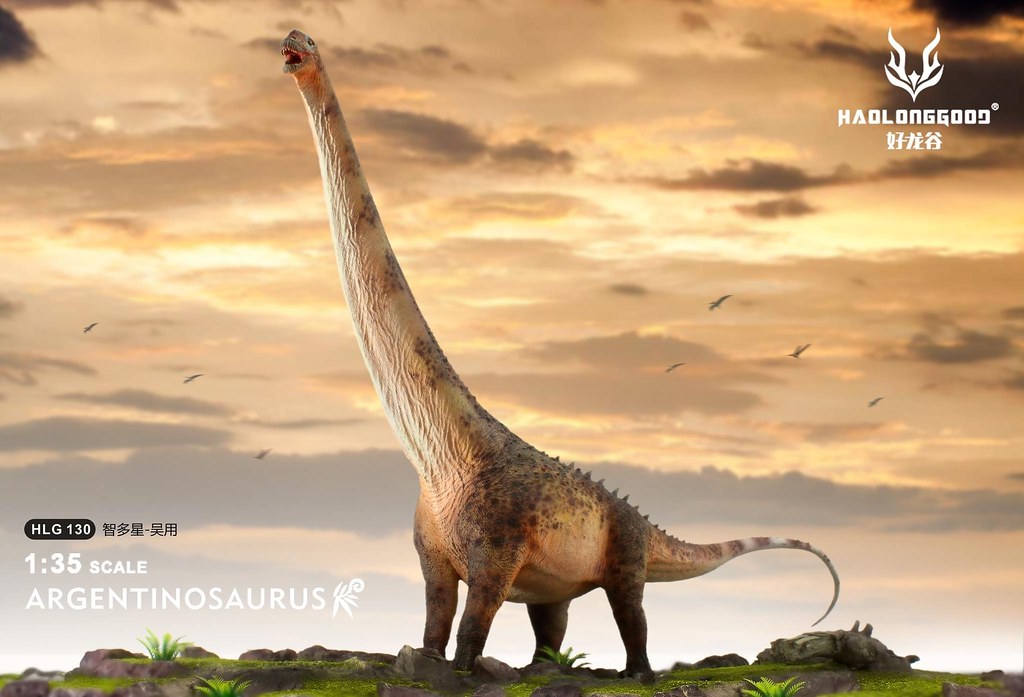
Hollywood has a serious case of “bigger is better” syndrome when it comes to dinosaurs. Every movie seems to feature creatures that are impossibly large, often exceeding the size of any known dinosaur species. This obsession with gigantism has created a public perception that all dinosaurs were massive, when in reality, most were much smaller than people imagine.
The average dinosaur was about the size of a modern sheep or goat. While giants like Argentinosaurus and Patagotitan were truly enormous, they were the exceptions rather than the rule. Many dinosaur species were no bigger than chickens, and some were even smaller. The tiny Microraptor, for example, was only about two feet long and weighed less than two pounds.
This size distortion affects how we understand dinosaur ecology and evolution. When everything is portrayed as gigantic, we lose sight of the complex food webs and ecological relationships that existed. Small dinosaurs played crucial roles as insectivores, seed dispersers, and prey species, creating the foundation for the ecosystems that larger dinosaurs depended on.
The Intelligence Gap
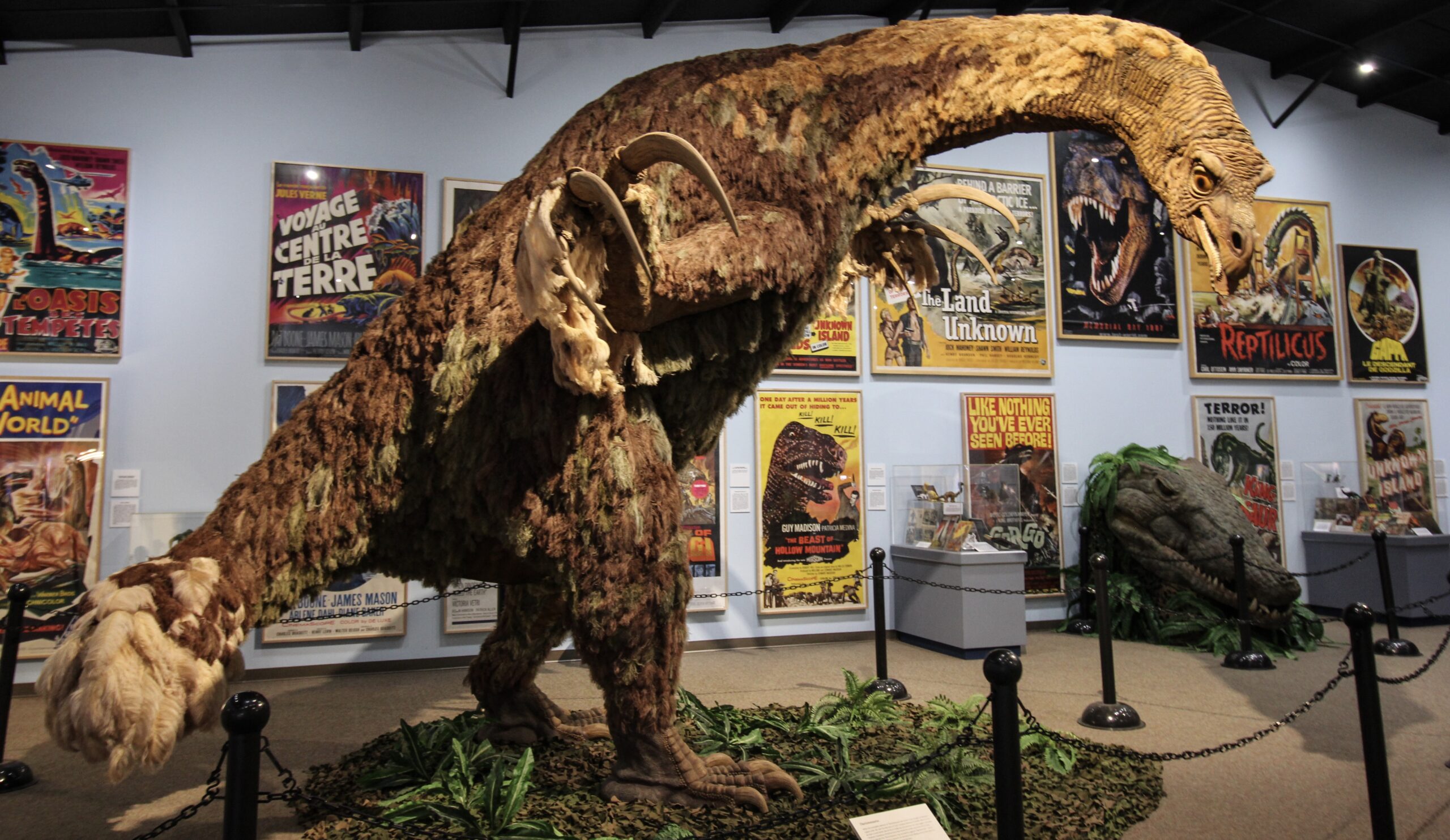
Pop culture tends to portray dinosaurs as either mindless, instinct-driven beasts or unrealistically cunning super-predators. The reality of dinosaur intelligence falls somewhere in between these extremes and varies dramatically between species. Some dinosaurs were surprisingly intelligent, while others were indeed quite simple creatures.
Troodon, a small theropod dinosaur, had one of the largest brain-to-body ratios of any dinosaur and was likely as intelligent as modern birds like ravens or parrots. These creatures probably used tools, solved complex problems, and had sophisticated social behaviors. Some dinosaurs even showed evidence of parental care, nest-building skills, and complex mating rituals.
The portrayal of dinosaurs as either too stupid to live or impossibly clever creates a false dichotomy that doesn’t reflect the natural variation in animal intelligence. Just like modern animals, dinosaurs had different cognitive abilities suited to their ecological niches and survival strategies.
Blood, Sweat, and Temperature Control
One of the most significant scientific debates about dinosaurs involves their metabolism – were they warm-blooded like mammals and birds, or cold-blooded like modern reptiles? Pop culture has traditionally portrayed them as cold-blooded creatures, slow and sluggish in cool weather, but this view is increasingly challenged by scientific evidence.
Most paleontologists now believe that many dinosaurs were either fully warm-blooded or had some intermediate form of temperature regulation. Evidence includes rapid growth rates, complex social behaviors, and bone structures similar to warm-blooded animals. This means dinosaurs were probably much more active and energetic than their movie portrayals suggest.
The metabolism question has huge implications for how we understand dinosaur behavior, ecology, and evolution. Warm-blooded dinosaurs would have been active hunters and complex social animals, capable of sustained activity regardless of temperature. This paints a picture of dynamic, thriving ecosystems rather than the sluggish, prehistoric worlds often shown in popular media.
The Solitary Predator Stereotype

Movies love to show dinosaurs as solitary creatures, especially predators, who hunt alone and interact with others only to fight or mate. This portrayal feeds into our narrative preferences for individual heroes and villains, but it ignores the complex social structures that many dinosaurs likely had.
Fossil evidence suggests that many dinosaur species were highly social animals. Herds of plant-eating dinosaurs traveled together for protection, shared parenting duties, and had complex communication systems. Even some predators showed evidence of pack hunting behavior, similar to modern wolves or lions.
The most compelling evidence comes from fossil track sites where hundreds of dinosaur footprints show coordinated movement patterns. These mass migrations and group behaviors reveal dinosaurs as sophisticated social animals with complex relationships and group dynamics. By portraying them as solitary monsters, pop culture misses the rich social lives that made these creatures so successful.
Extinction: The Asteroid Oversimplification
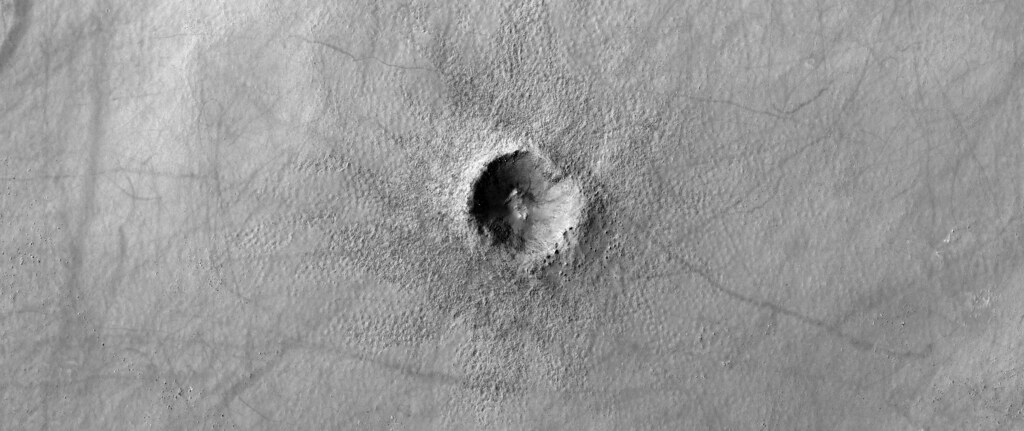
Almost everyone knows that an asteroid killed the dinosaurs, thanks to countless movies and documentaries. While the asteroid impact 66 million years ago was indeed a major factor in the mass extinction event, the real story is far more complex and interesting than the simple “space rock kills dinosaurs” narrative.
The end-Cretaceous extinction was caused by a combination of factors working together over thousands of years. Massive volcanic eruptions in India, climate change, sea level fluctuations, and ecosystem disruptions all played crucial roles. The asteroid impact was the final blow to already stressed ecosystems, not a sudden catastrophe in a thriving world.
More importantly, dinosaurs didn’t go extinct – they evolved into birds. This means dinosaurs are still alive today, walking around our backyards and singing in our trees. The oversimplified extinction story obscures this incredible evolutionary success story and the ongoing legacy of dinosaur evolution.
The Jurassic Park Effect on Public Perception
No discussion of dinosaur misrepresentation would be complete without addressing the elephant in the room – Jurassic Park. This movie franchise has single-handedly shaped public perception of dinosaurs more than any other piece of media, creating a template that countless other productions have followed.
While Jurassic Park was groundbreaking in its use of CGI and animatronics, it also established many of the misconceptions that persist today. The oversized Velociraptors, the scaly skin, the jungle settings, and the behavioral patterns shown in the film have become the default image of dinosaurs in popular culture.
The movie’s influence extends beyond entertainment into education and scientific funding. Many paleontologists report that public expectations are heavily influenced by Jurassic Park, creating both opportunities and challenges for science communication. The film’s legacy shows how powerful media representations can be in shaping public understanding of scientific topics.
Gender Assumptions in Prehistoric Portrayals
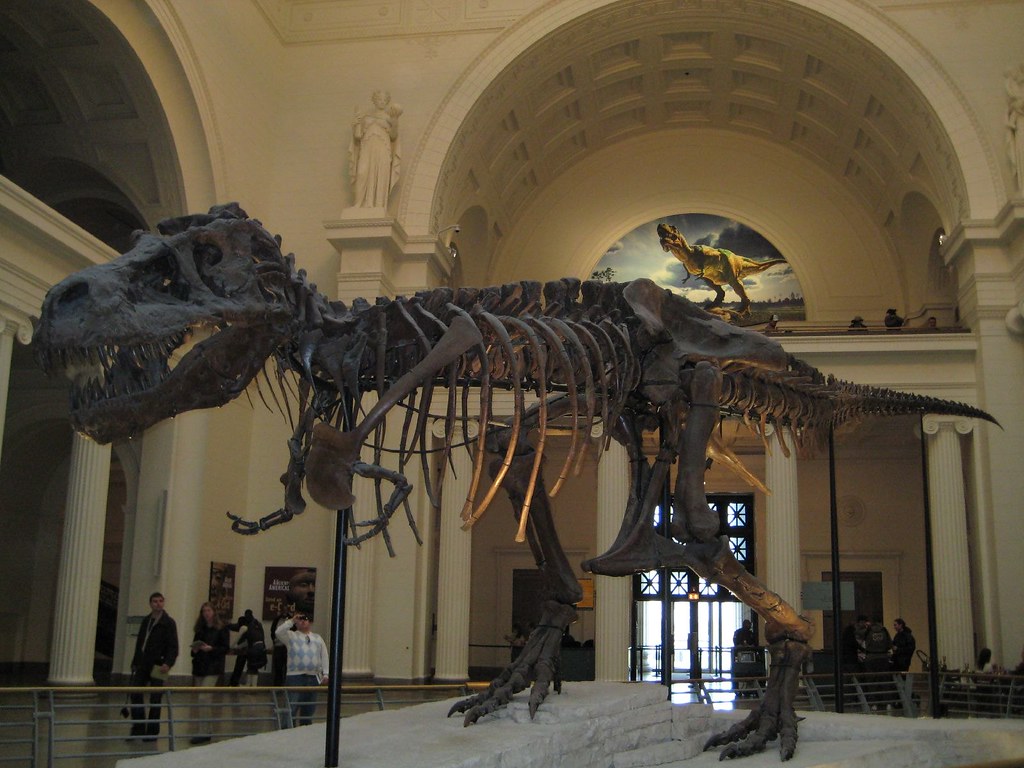
Pop culture has a curious tendency to portray most dinosaurs as male, particularly the large predators and impressive herbivores. This unconscious bias reflects broader cultural assumptions about which gender should be associated with power, aggression, and dominance. The reality is that female dinosaurs were often larger and more formidable than males.
In many modern bird species, females are the larger and more aggressive sex, especially during breeding season. There’s good reason to believe that many dinosaur species followed similar patterns. Female dinosaurs needed to be strong enough to carry and protect eggs, defend nesting sites, and ensure the survival of their offspring.
Some of the most impressive dinosaur fossils might be females. The famous “Sue” the T-rex, for instance, could very well be a female specimen. By defaulting to male assumptions, pop culture misses the important role that female dinosaurs played in prehistoric ecosystems and the complex gender dynamics of ancient species.
The Color Revolution We’re Missing
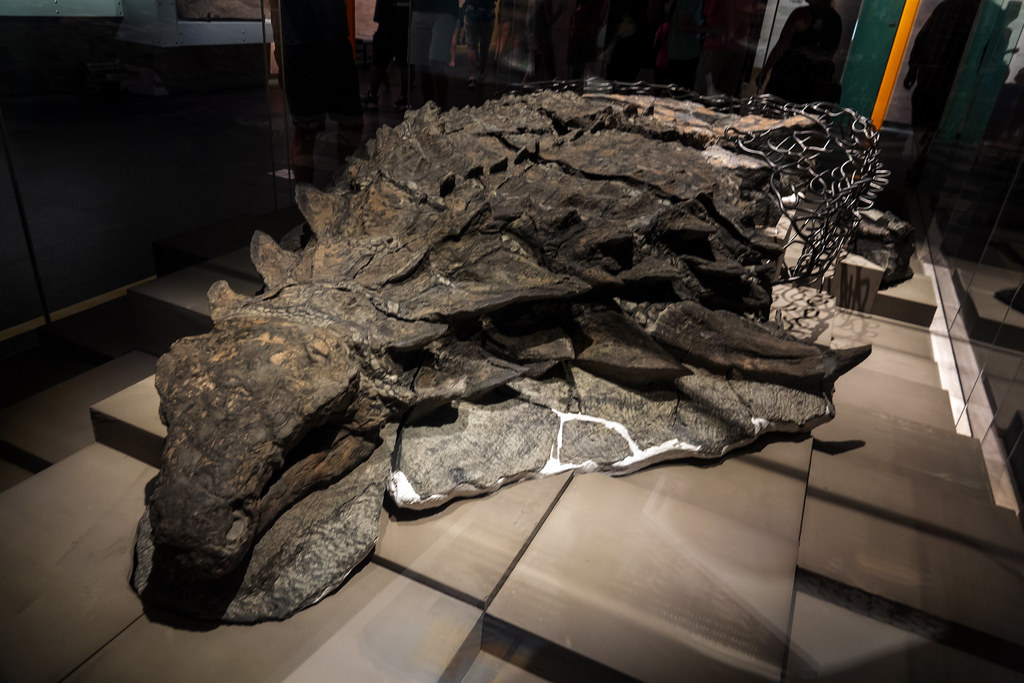
Until recently, dinosaurs in popular media were almost always portrayed in drab browns, grays, and greens – the colors we associate with modern large reptiles. This conservative approach to dinosaur coloration has created a visual stereotype that’s incredibly difficult to break, even as science reveals a much more vibrant prehistoric world.
Advanced techniques for analyzing fossilized melanosomes (color-bearing structures) have revealed that some dinosaurs were brilliantly colored. Borealopelta, an armored dinosaur, had a reddish-brown color with counter-shading that helped it blend into its environment. Other species showed evidence of stripes, spots, and iridescent feathers that would have made them look more like tropical birds than giant lizards.
The reluctance to embrace colorful dinosaurs in popular media stems partly from our need to make these creatures seem alien and ancient. Bright colors make dinosaurs seem more alive and relatable, which doesn’t fit with the narrative of prehistoric monsters. This conservative approach to color robs us of the visual spectacle that prehistoric ecosystems provided.
Ecosystem Interactions: Beyond Predator vs. Prey
Most dinosaur media focuses heavily on predator-prey relationships, with endless scenes of creatures hunting, being hunted, or fighting for survival. While these interactions were certainly important, they represent only a small fraction of the complex ecological relationships that existed in dinosaur ecosystems.
Dinosaurs had intricate relationships with plants, other dinosaurs, and smaller animals that went far beyond simple predation. Some dinosaurs were pollinators, helping plants reproduce while feeding on nectar. Others were seed dispersers, spreading plant communities across vast distances through their digestive systems.
Symbiotic relationships probably existed between different dinosaur species, similar to what we see in modern ecosystems. Small dinosaurs might have cleaned parasites from larger ones, while herbivores could have benefited from the presence of predators that controlled smaller pest species. These complex ecological webs created stable, thriving ecosystems that lasted for millions of years.
The Parenting Revolution
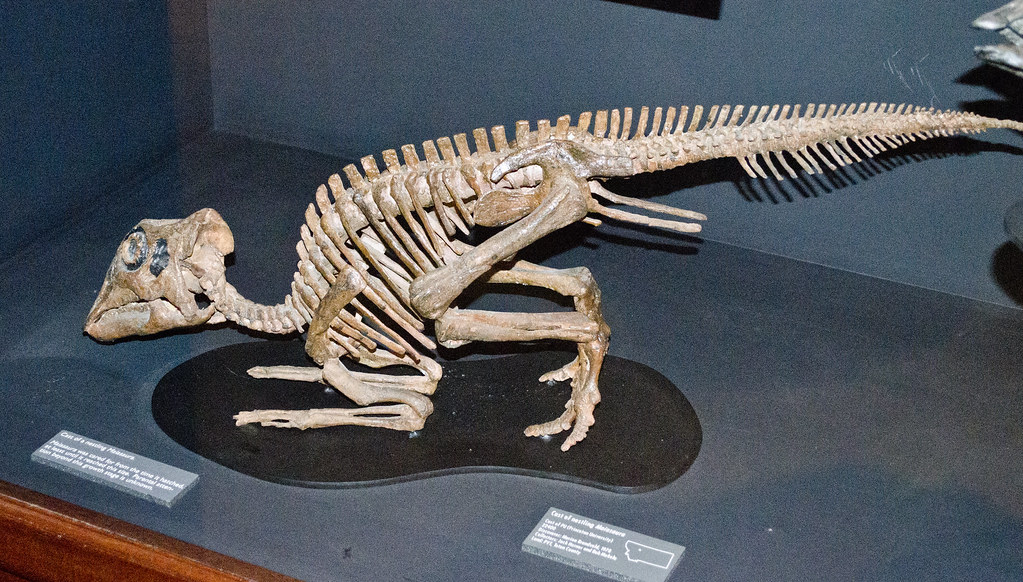
Pop culture rarely shows dinosaurs as caring parents, instead focusing on their roles as hunters or prey. This oversight ignores one of the most fascinating aspects of dinosaur behavior – their sophisticated parenting strategies. Many dinosaurs were devoted parents who invested enormous amounts of time and energy in raising their young.
Fossil evidence shows that some dinosaurs built elaborate nests, incubated their eggs, and fed their babies after hatching. Maiasaura, whose name means “good mother lizard,” created communal nesting sites where multiple females raised their young together. These dinosaurs brought food to their nests and protected their babies from predators for months after hatching.
The parenting behaviors of dinosaurs were likely as complex and varied as those of modern birds and mammals. Some species probably had extended family groups, with multiple generations helping to raise young. Others might have had elaborate courtship rituals and pair-bonding behaviors that lasted for years. These family dynamics created the social fabric that held dinosaur communities together.
Why These Misrepresentations Matter
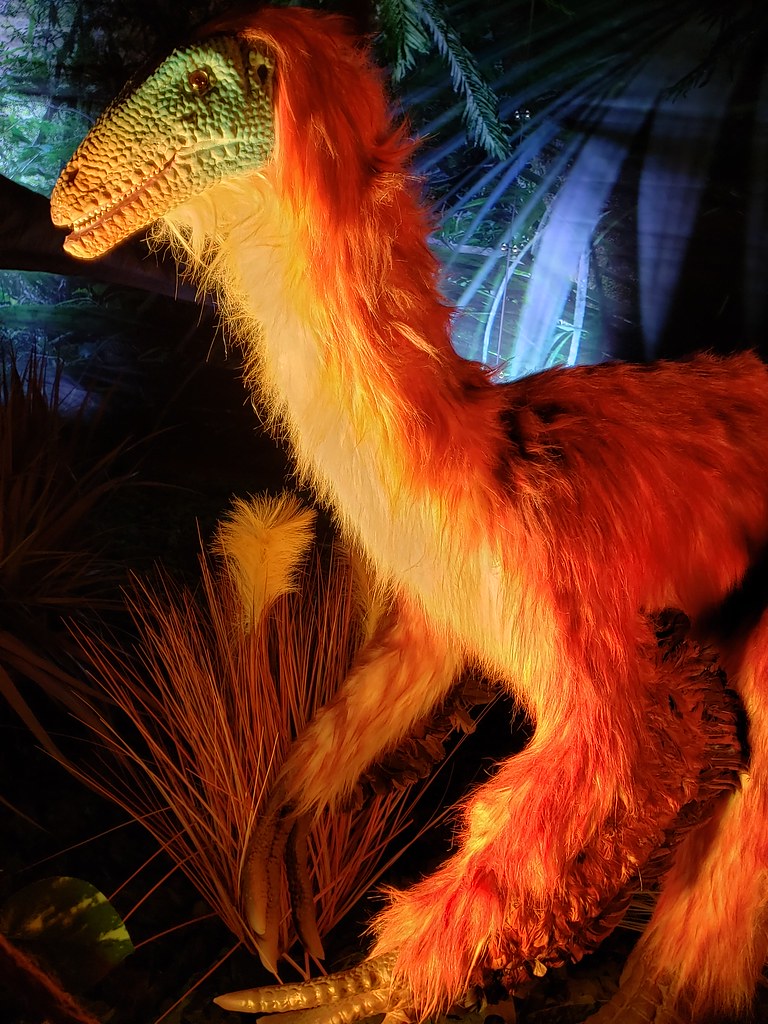
The persistent misrepresentation of dinosaurs in popular culture isn’t just an academic concern – it has real consequences for science education, public understanding of evolution, and support for paleontological research. When people’s primary exposure to dinosaurs comes through entertainment media, these fictional portrayals become deeply embedded in their worldview.
Children who grow up with inaccurate dinosaur representations often struggle to accept new scientific discoveries that contradict their established mental models. Teachers report that students resist learning about feathered dinosaurs or complex social behaviors because these concepts don’t match their expectations from movies and TV shows.
The misrepresentations also affect how the public views paleontology as a science. When real discoveries contradict popular portrayals, some people dismiss the science rather than updating their understanding. This skepticism can reduce support for research funding and museum programs that depend on public engagement and interest.
Conclusion
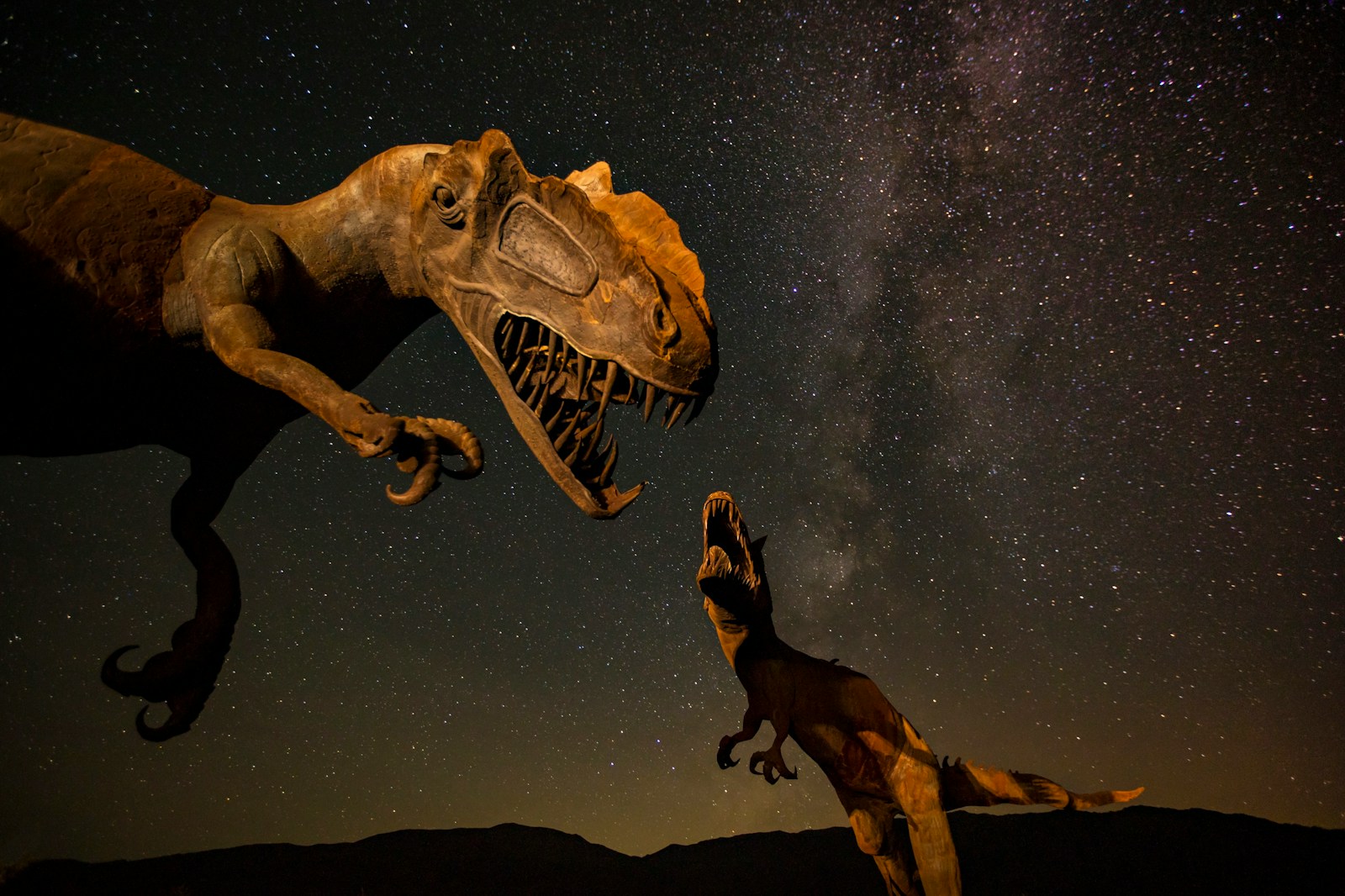
The gap between pop culture dinosaurs and scientific reality represents more than just entertainment inaccuracy – it’s a missed opportunity to share one of the most amazing stories in Earth’s history. Real dinosaurs were far more fascinating than their fictional counterparts, with complex behaviors, stunning diversity, and evolutionary innovations that continue to inspire scientific discovery. When we embrace the true story of dinosaurs, we gain a deeper appreciation for the incredible creativity of evolution and the ongoing mystery of life on our planet. The next time you see a roaring, scaly monster on screen, remember that the real dinosaurs were singing, colorful, and probably a lot more interesting than anything Hollywood has imagined.

